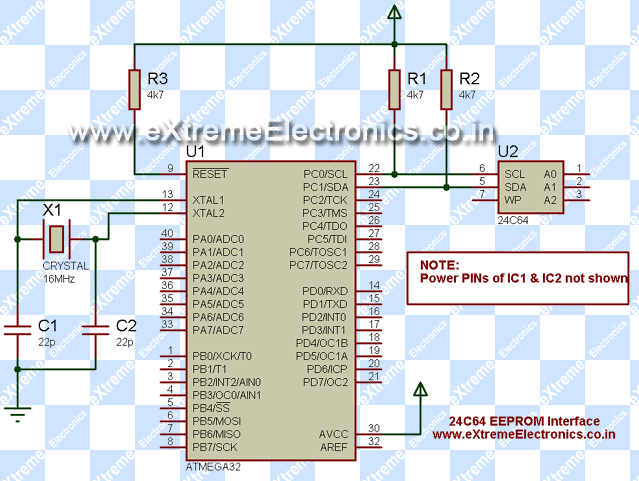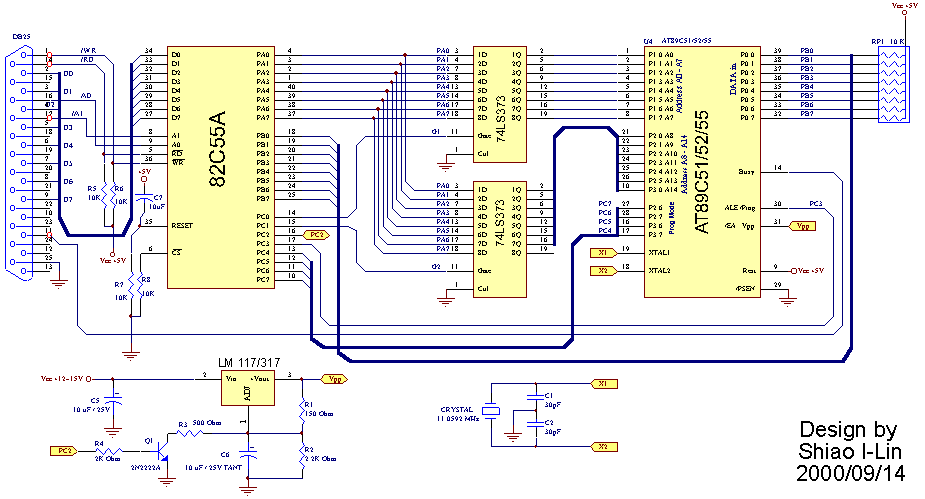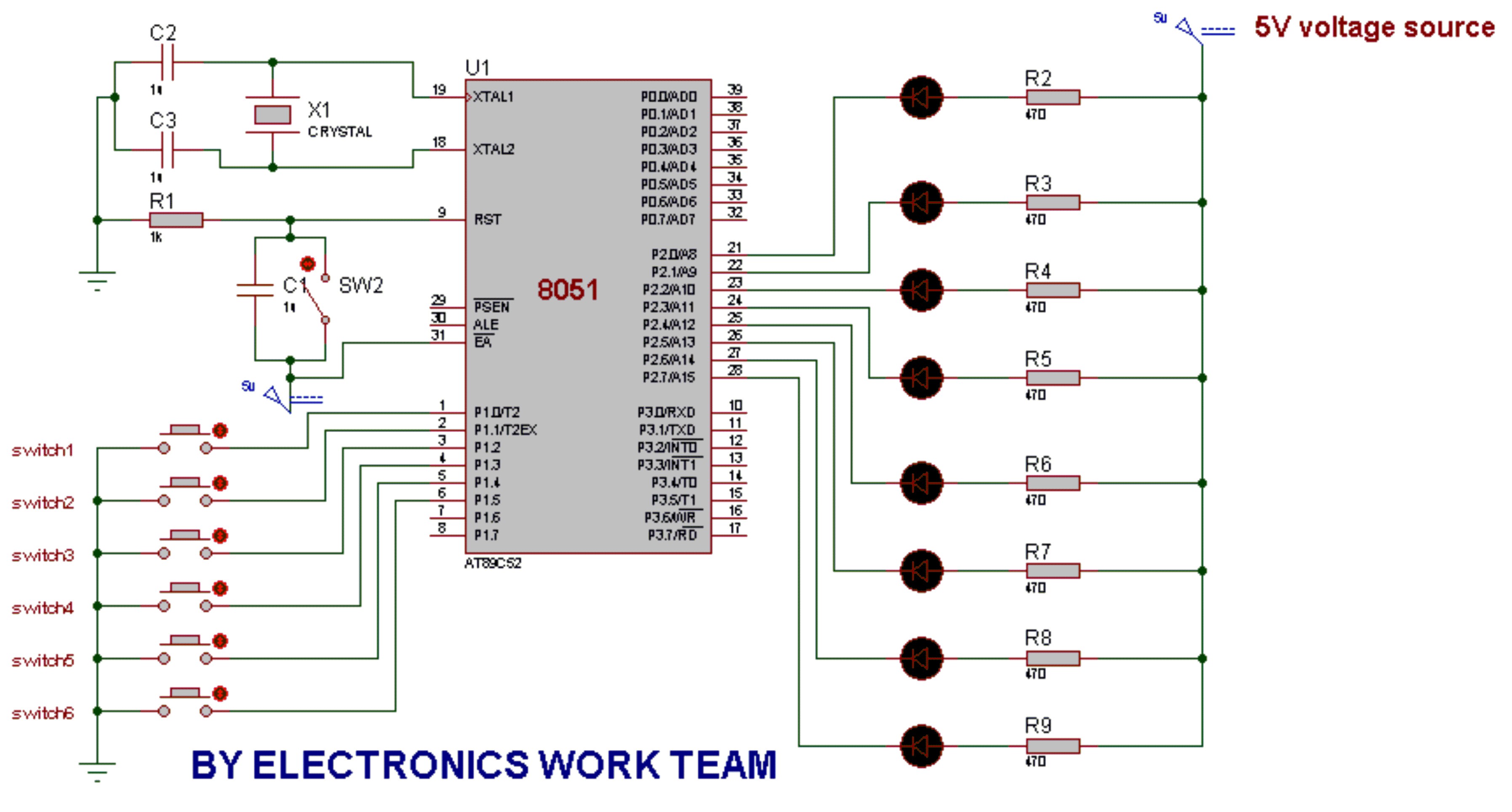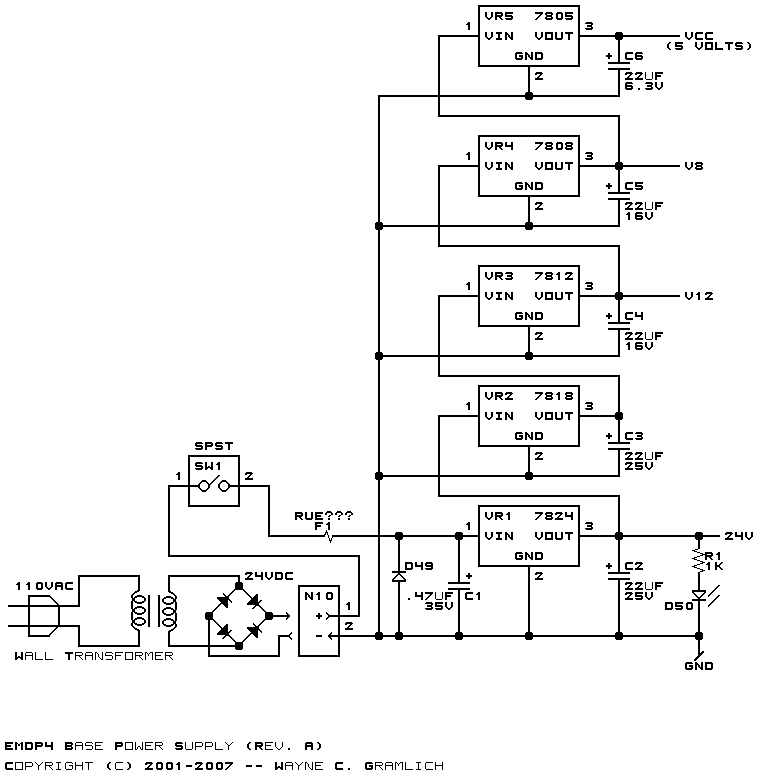
AVR Microcontroller Programmer
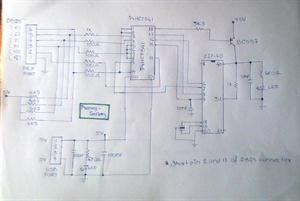
This resource contains step-by-step information for creating an AVR microcontroller programmer, complete with a suitable circuit diagram. This programmer is capable of programming 8051, AT89XX, AT90XXXX, and 8031 family microcontrollers.
The AVR microcontroller programmer described is designed to facilitate the programming of various microcontroller families, including the 8051 series, AT89XX series, AT90XXXX series, and the 8031 family. The circuit diagram accompanying the resource provides a visual representation of the connections and components required for the programmer.
The programmer typically consists of a microcontroller, a USB interface for communication with a host computer, and a set of programming pins that connect to the target microcontroller. The main components include:
1. **Microcontroller**: An AVR microcontroller serves as the core of the programmer, managing the programming process and interfacing with the host computer.
2. **USB Interface**: A USB-to-serial converter may be utilized to establish a connection between the programmer and the computer, allowing for data transfer and control signals.
3. **Programming Pins**: The circuit includes specific pins for connecting to the target microcontroller, which may include power, ground, clock, and data lines. These pins are essential for programming the microcontroller effectively.
4. **Power Supply**: The circuit requires a stable power supply, which can be derived from the USB connection or an external source, depending on the design.
5. **Supporting Components**: Additional components such as resistors, capacitors, and diodes may be included in the circuit to ensure signal integrity and proper operation of the programmer.
The detailed circuit diagram illustrates the connections between these components, highlighting the pin configurations and any necessary interfacing circuitry. Proper layout and design considerations are critical to ensure reliable programming and to prevent issues such as signal degradation or interference.
Overall, this AVR microcontroller programmer provides a versatile solution for programming a range of microcontrollers, making it a valuable tool for electronics engineers and hobbyists alike.This resource contains step to step information to make AVR microcontroller programmer with suitable circuit diagram. This programmer able to program 8051, AT89XX, AT90XXXX, 8031 family microcontrollers.. 🔗 External reference
The AVR microcontroller programmer described is designed to facilitate the programming of various microcontroller families, including the 8051 series, AT89XX series, AT90XXXX series, and the 8031 family. The circuit diagram accompanying the resource provides a visual representation of the connections and components required for the programmer.
The programmer typically consists of a microcontroller, a USB interface for communication with a host computer, and a set of programming pins that connect to the target microcontroller. The main components include:
1. **Microcontroller**: An AVR microcontroller serves as the core of the programmer, managing the programming process and interfacing with the host computer.
2. **USB Interface**: A USB-to-serial converter may be utilized to establish a connection between the programmer and the computer, allowing for data transfer and control signals.
3. **Programming Pins**: The circuit includes specific pins for connecting to the target microcontroller, which may include power, ground, clock, and data lines. These pins are essential for programming the microcontroller effectively.
4. **Power Supply**: The circuit requires a stable power supply, which can be derived from the USB connection or an external source, depending on the design.
5. **Supporting Components**: Additional components such as resistors, capacitors, and diodes may be included in the circuit to ensure signal integrity and proper operation of the programmer.
The detailed circuit diagram illustrates the connections between these components, highlighting the pin configurations and any necessary interfacing circuitry. Proper layout and design considerations are critical to ensure reliable programming and to prevent issues such as signal degradation or interference.
Overall, this AVR microcontroller programmer provides a versatile solution for programming a range of microcontrollers, making it a valuable tool for electronics engineers and hobbyists alike.This resource contains step to step information to make AVR microcontroller programmer with suitable circuit diagram. This programmer able to program 8051, AT89XX, AT90XXXX, 8031 family microcontrollers.. 🔗 External reference

